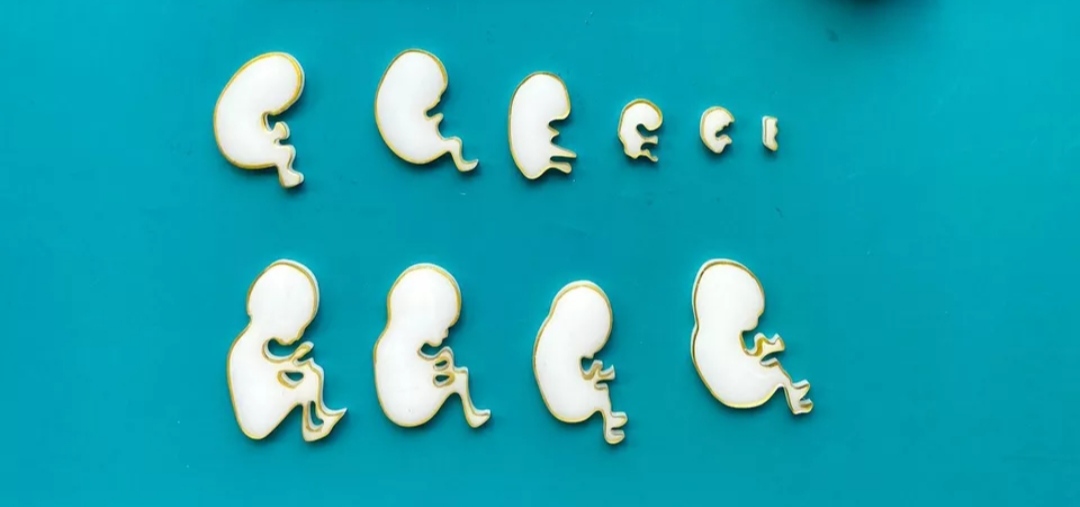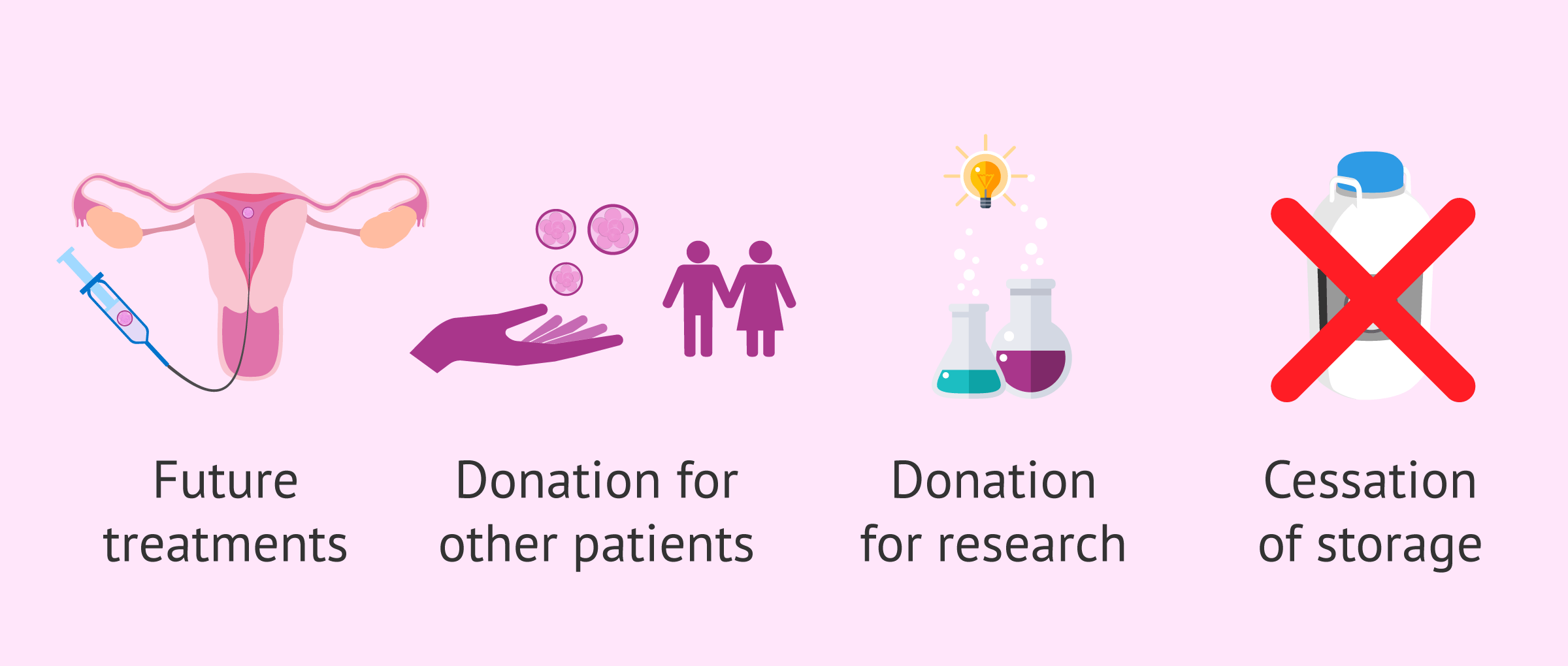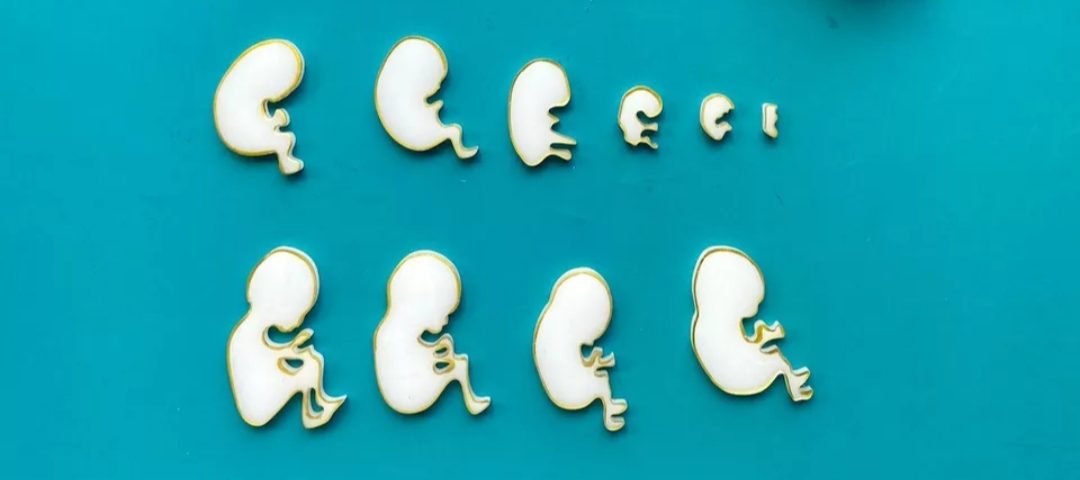
The Catholic Church and IVF: What You Need to Know
April 18, 2025Can Unused Embryos from IVF Be Destroyed?
When you hear about in vitro fertilization (IVF), you might picture hopeful parents cradling a newborn after years of struggle. But behind the scenes, there’s a quieter, more complicated story—one that doesn’t always make it to the headlines. It’s about the unused embryos, those tiny clusters of cells created in a lab, frozen in time, and waiting for a decision. What happens to them if they’re not used? Can they be destroyed? And why does this question stir up so much emotion, curiosity, and debate?
This isn’t just a medical question—it’s a personal, ethical, and even legal puzzle that thousands of people face every year. Maybe you’re one of them, or maybe you’re just fascinated by the hidden corners of science and human choice. Either way, let’s dive into this topic with fresh eyes, uncovering the facts, the feelings, and the options that don’t always get talked about. By the end, you’ll have a clearer picture of what’s possible, what’s practical, and what’s still up in the air.
What Are Unused IVF Embryos, Anyway?
Let’s start with the basics. During IVF, doctors mix eggs and sperm in a lab to create embryos—tiny bundles of cells that could, under the right conditions, grow into a baby. But here’s the catch: not every embryo gets used right away. Clinics often make extras to boost the chances of success, since IVF doesn’t always work on the first try. These “spare” embryos are then frozen in liquid nitrogen, stored at super-cold temperatures (think -320°F!), and kept in tanks until the parents decide what to do next.
So, what’s an “unused embryo”? It’s one that’s left over after a family feels complete—or after they’ve stopped trying. Maybe they had a baby and don’t want more kids. Maybe IVF didn’t work, and they’re moving on. Whatever the reason, these embryos sit in limbo, and their fate becomes a big question mark.
Fun Fact You Might Not Know
Did you know some embryos have been frozen for over 20 years and still turned into healthy babies? In 2017, a baby named Emma was born from an embryo frozen for 24 years—longer than her mom had been alive! It’s like a real-life time capsule, showing just how resilient these little cells can be.
How Many Unused Embryos Are Out There?
You might be wondering: how big is this “leftover embryo” situation? The numbers are jaw-dropping. Experts estimate there are between 400,000 and 1 million frozen embryos in the United States alone. Why the huge range? Because no one’s keeping an exact count—clinics aren’t required to report this stuff. Globally, the number could be in the millions, with countries like the UK, Australia, and Japan adding their own stockpiles.
Here’s a quick breakdown:
- Fresh vs. Frozen: In a typical IVF cycle, only 1-2 embryos are transferred to the uterus at a time. The rest get frozen.
- Success Rates: About 50% of IVF cycles for women under 35 succeed, but that drops as age goes up, leaving more unused embryos behind.
- Abandonment: Up to 24% of IVF patients either destroy their embryos or stop paying storage fees, leaving clinics to figure out what’s next.
A Peek Behind the Curtain
Ever wondered what a storage tank looks like? Picture a sci-fi movie: gleaming metal containers filled with misty vapor, each holding hundreds of microscopic embryos in straws thinner than a pencil. It’s high-tech and a little eerie—like a secret vault of potential life.

Can Unused Embryos Be Destroyed? The Short Answer
Yes, unused IVF embryos can be destroyed—but it’s not as simple as flipping a switch. Whether it’s allowed depends on where you live, what the clinic’s rules are, and what the parents want. In most places, embryos are considered property (not people), so the couple who created them gets to decide their fate. Destroying them is one option, alongside keeping them frozen, donating them to research, or giving them to another family.
But here’s where it gets messy: laws, emotions, and ethics crash into each other. Some countries say “yes” to destruction with no fuss. Others say “no way” or put up roadblocks. And for the parents? It’s rarely an easy choice.
The Legal Side: Where Destruction Is Okay (and Where It’s Not)
Laws about embryo destruction vary wildly around the world. Let’s break it down with some examples:
Places Where It’s Allowed
- United States: In 49 states, embryos are legally “property,” not “persons.” Couples can sign a form to have them thawed and discarded—usually into a medical waste bin. (Alabama’s an exception after a 2024 court ruling called embryos “children,” but more on that later.)
- United Kingdom: You can destroy embryos, but there’s a catch—they can’t be stored longer than 10 years unless you renew permission. After that, clinics dispose of them.
- Australia: Destruction’s fine with consent, though some states encourage donation instead.
Places Where It’s Tricky
- Germany: Creating embryos just to destroy them is banned. Only a few can be made at a time, and they’re meant for pregnancy, not disposal.
- Poland: Single women can’t access their embryos unless they’re married, and unused ones must be donated—not destroyed.
- Louisiana: Embryos have “juridical personhood,” meaning they can’t be intentionally destroyed. Clinics store them indefinitely or donate them.
What’s New in 2025?
As of March 2025, the U.S. is still a patchwork of rules. After Alabama’s 2024 Supreme Court decision, some clinics paused IVF services, scared of lawsuits over destroyed embryos. But a new state law quickly shielded them from liability, keeping destruction legal—for now. Meanwhile, states like Kansas and Tennessee are floating bills to ban it, so the map might shift soon.
How Are Embryos Actually Destroyed?
Okay, let’s get practical. What happens when someone says, “Destroy them”? It’s not dramatic—no explosions or sci-fi lasers. Here’s the step-by-step:
- Consent: Parents sign a form agreeing to disposal.
- Thawing: The embryos are removed from the freezer and warmed up. Without the right conditions (like a uterus or special lab setup), they can’t survive.
- Disposal: They’re placed in a biohazard container—think a sealed red bin—and treated as medical waste, like used bandages or gloves.
Insider Tip
A 2019 study of 703 embryologists worldwide found that 39% toss fresh embryos straight into a dedicated “embryo trash can.” It’s quick, quiet, and unglamorous—but it works.
Why People Choose to Destroy Embryos
So why would anyone pick this option? It’s personal, and every story’s different. Here are some real reasons people share:
- Family’s Complete: “We have our two kids. We’re done,” says Sarah, a mom from Ohio who destroyed her extra embryos in 2023.
- Emotional Weight: Keeping them frozen feels like “a ghost hanging over us,” one couple told NPR in 2016.
- Cost: Storage fees run $500-$1,000 a year. For some, that’s a burden they can’t keep up with.
- No Other Options: Donation sounds noble, but not everyone’s comfy with their DNA out there—or with the legal hoops.
A Hidden Struggle
Ever met someone who can’t decide? About 70% of IVF couples in a 2005 study still hadn’t chosen what to do years later. They call these embryos “maybe babies”—too precious to destroy, too hard to let go.
The Ethics Debate: Is Destroying Embryos Wrong?
Here’s where things heat up. Some see embryos as potential humans with rights. Others see them as cells, no different from a skin sample. Let’s unpack both sides:
“Yes, It’s Wrong”
- Belief: If life begins at conception, destroying an embryo is like ending a life. “They’re human beings with potential,” says Dr. Michael New, a pro-life researcher at Catholic University.
- Religion: Many Catholics and evangelicals oppose it, linking IVF waste to abortion debates.
- Numbers: In 2021, an estimated 1.5-1.8 million embryos were discarded in the U.S.—more than abortions that year (985,000).
“No, It’s Fine”
- Science: Embryos need a uterus to become a person. “They’re potential, not actual life,” argues Dr. Sue Ellen Carpenter, a fertility doctor in Atlanta.
- Reality: Nature discards embryos all the time—only 30% of fertilized eggs implant naturally.
- Choice: Parents should decide, not lawmakers or clinics.
What Fans Want to Know
Polls show people are split. A 2024 Gallup survey found 49% think destroying embryos is okay, while 43% say it’s wrong. Younger folks (under 30) lean toward “okay,” while religious folks lean “wrong.” Where do you fall?
Alternatives to Destruction: What Else Can You Do?
Destruction isn’t the only path. Here are the big alternatives—and why they’re not always a slam dunk:
1. Keep Them Frozen
- Pros: Buy time to think. Some dream of a “rainy day” baby.
- Cons: Costs add up, and clinics might ditch them if you stop paying.
2. Donate to Research
- Pros: Could help cure diseases like ALS or diabetes.
- Cons: Hard to find labs that take them—only places like Stanford’s RENEW Biobank accept certain embryos.
3. Donate to Another Couple
- Pros: Gives someone else a shot at parenthood.
- Cons: Feels like “giving away your kid” to some. Plus, legal paperwork’s a nightmare.
4. Compassionate Transfer
- What’s That?: Thaw embryos and place them in the uterus at a time when pregnancy can’t happen (like during a non-fertile cycle).
- Why?: A symbolic goodbye—less “trash can,” more “natural end.”
- Downside: Not common, and some clinics don’t offer it.
Quick Checklist
✔️ Want to help science? Research donation might be your vibe.
❌ Hate the idea of strangers raising your DNA? Skip couple donation.
The Emotional Rollercoaster of Deciding
Choosing what to do isn’t just paperwork—it’s a gut punch. Couples talk about sleepless nights, tears, and debates that drag on for years. Here’s what they say:
- Guilt: “I felt like I was abandoning them,” one mom confessed on a forum.
- Relief: “Once they were gone, I could breathe again,” said another.
- What-Ifs: “What if I regret this?” haunts a lot of people.
A Real Story
Meet Lisa, a 38-year-old teacher from California. After two IVF kids, she had three embryos left. “I couldn’t donate them—too weird thinking of my genes out there. But destroying them? I cried for days. We ended up keeping them frozen, but every bill reminds me they’re still waiting.”
Latest Research: What’s New in 2025?
Science keeps moving, and 2025’s brought some fresh insights:
- Embryo Viability: A study in Cell found frozen embryos might stay viable for decades—way longer than the 10-year limits some countries set.
- Public Opinion: A Pew survey this year showed 60% of Americans support IVF but want clearer rules on leftovers.
- Tech Twist: New “embryo grading” AI can predict which ones are most likely to succeed, cutting down on extras. Clinics adopting this say it’s a game-changer.
Expert Take
“Technology’s reducing waste, but the human side—deciding what’s right—won’t get easier,” says Dr. Liesl Nel-Themaat, an IVF lab director at Stanford.
Practical Tips: How to Decide What’s Right for You
Feeling stuck? Here’s a step-by-step guide to figure it out:
- Talk It Out: Grab your partner, a friend, or a counselor. Say every “what if” out loud.
- Check Your Wallet: Can you afford storage? Fees creep up—$800/year adds up fast.
- Know Your Laws: Google your state or country’s rules. A quick search like “IVF embryo laws [your place]” works.
- Feel Your Feelings: Write down what scares you most—destruction, donation, or doing nothing.
- Set a Deadline: Give yourself 6 months to choose. Indecision’s the real thief of peace.
Handy Table: Pros and Cons
| Option | Pros | Cons |
|---|---|---|
| Destroy | Closure, no cost | Guilt, finality |
| Store | Keeps options open | Expensive, uncertain end |
| Donate (Research) | Helps others | Hard to find takers |
| Donate (Couple) | Gives life | Emotional/legal complexity |
The Wild Cards: Things No One Talks About
Most articles skip these juicy bits, but they matter:
- Abandoned Embryos: Clinics hold onto thousands when parents ghost them. Some wait years before tossing them—others don’t.
- Mix-Ups: Rare, but real—clinics have lost or swapped embryos. In 2018, a tank failure in San Francisco wrecked 4,000 embryos. Lawsuits followed.
- DIY Disposal: A few couples take embryos home to “bury” them. It’s not legal everywhere, but it happens.
Did You Know?
In Japan, some clinics host “embryo farewell ceremonies” with prayers and candles. It’s a cultural twist on closure—would you try it?
What’s Next for Unused Embryos?
The future’s wide open. Scientists are pushing for better rules, like a national embryo registry. Lawmakers are arguing over “personhood” laws that could ban destruction—or protect it. And couples? They’re still wrestling with the same tough calls.
One thing’s clear: this isn’t going away. As IVF gets more common (over 238,000 U.S. patients in 2021 alone), the pile of frozen embryos grows. Will tech solve it? Will laws catch up? Or will it stay a personal puzzle forever?

Let’s Hear From You!
Wow, we’ve covered a lot—laws, feelings, science, and secrets. Now it’s your turn. What do you think about destroying unused embryos? Have you faced this choice? Drop a comment below—I’d love to hear your story or your take. And if this helped, share it with someone who’s curious too. Let’s keep the conversation going!
